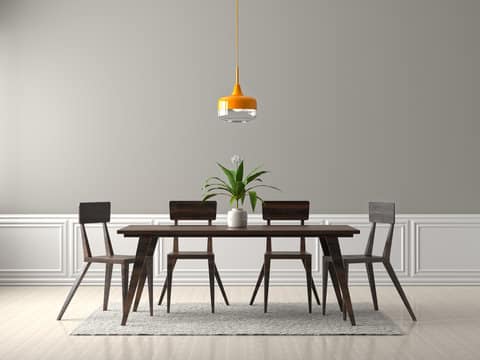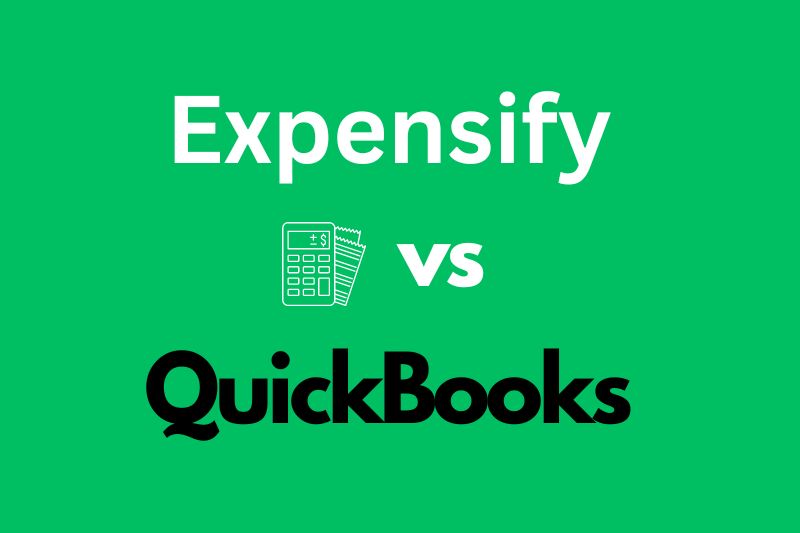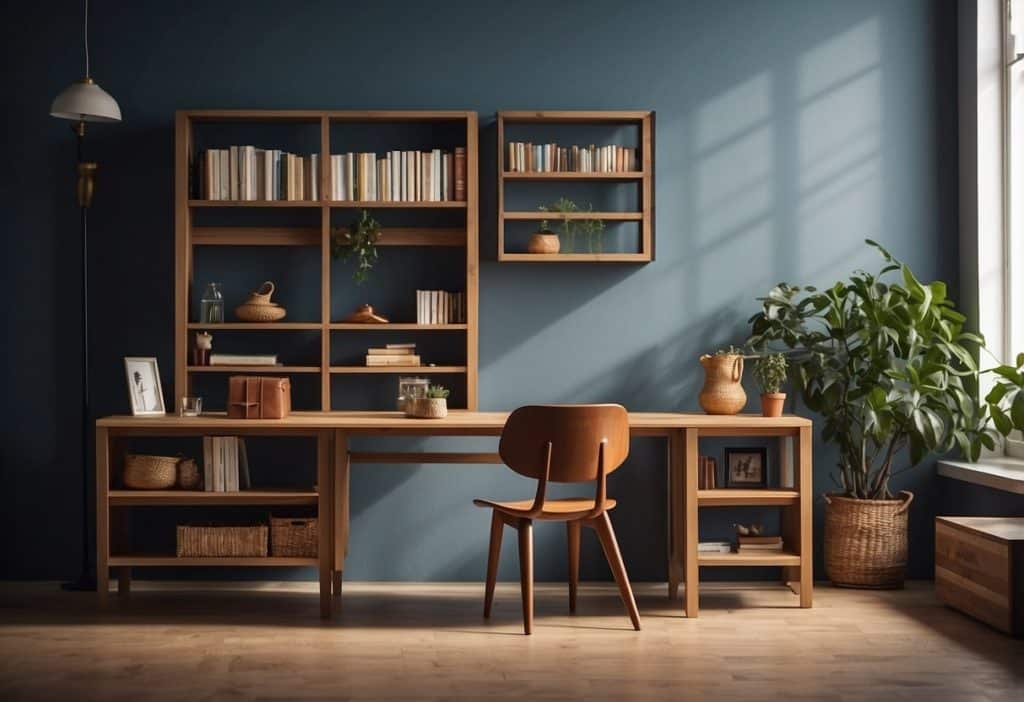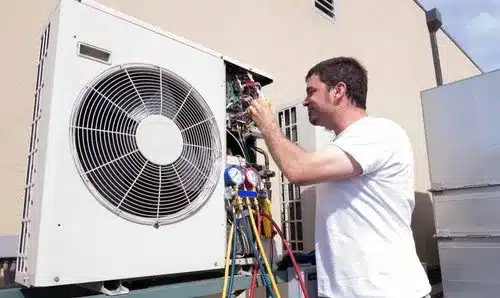Making a home more environmentally friendly comes with many benefits, from reducing energy costs to improving indoor air quality. Many homeowners are now integrating eco-conscious features such as energy-efficient appliances, non-toxic materials, and renewable energy sources into their homes.
These upgrades not only contribute to a healthier lifestyle but also enhance long-term savings and property value. As awareness of climate change grows, more buyers are looking for homes that align with their sustainability goals, making these upgrades a smart investment.
Beyond personal benefits, incorporating green elements into a home can positively impact the broader community and the environment.
This article explores some of the key advantages of adding sustainable elements to your home and why they matter.
Increased Property Value
Homes that incorporate eco-friendly features tend to have higher property values. Buyers are willing to pay more for properties that offer long-term energy savings, lower utility costs, and high-quality materials. Studies show that homes with energy-efficient certifications, such as ENERGY STAR or LEED, often sell for higher prices compared to traditional homes.
Features like smart thermostats, solar panels, and energy-efficient windows contribute to better insulation and overall efficiency, making these properties more appealing to prospective buyers. Investing in these upgrades not only benefits the environment but also provides financial returns when it’s time to sell.
Improved Indoor Air Quality
A home’s indoor environment plays a key role in health and well-being. Many traditional materials, including certain bedding products, contain chemicals that can release volatile organic compounds (VOCs), affecting air quality and potentially causing respiratory issues. Homeowners looking for healthier alternatives often seek non-toxic, hypoallergenic materials that enhance indoor living conditions.
For instance, simple additions like Panda’s bamboo sheet, made from breathable and chemical-free fibres, can improve air quality in the bedroom. Adding high-quality, eco-conscious bedding is a simple but effective way to enhance a home’s appeal and comfort while contributing to a healthier indoor space.
Reduced Energy Costs
Reducing energy consumption is one of the most significant benefits of making a home more environmentally friendly. Energy-efficient appliances, LED lighting, and smart home automation systems help homeowners cut down on electricity use while maintaining comfort.
Proper insulation and energy-efficient windows keep homes at optimal temperatures year-round, reducing reliance on heating and cooling systems. Lower utility bills make homes more attractive to buyers, as they offer long-term financial benefits. Additionally, many energy-saving upgrades qualify for government incentives, further reducing costs for homeowners.
Enhanced Marketability
With sustainability becoming a priority for many buyers, homes with eco-friendly features stand out in the market. Energy-efficient homes not only sell faster but also attract buyers willing to pay a premium for properties that offer long-term cost savings and health benefits.
Real estate listings that highlight green features tend to generate more interest, as environmentally conscious buyers actively search for homes with lower carbon footprints. Incorporating sustainable elements, from solar panels to eco-friendly paint, enhances a property’s appeal and positions it as a future-proof investment.
Access to Incentives and Rebates
Governments and utility companies often provide incentives, tax credits, and rebates for homeowners who make energy-efficient upgrades. Installing solar panels, upgrading to energy-efficient HVAC systems, or using eco-friendly insulation can lead to significant savings through rebate programs.
These financial benefits make sustainability more accessible and provide homeowners with immediate returns on their investments. Additionally, homes with existing green features are more attractive to buyers who want to take advantage of lower utility bills and tax benefits without having to invest in upgrades themselves.
Enhanced Durability and Lower Maintenance
Homes built with eco-friendly materials tend to have longer-lasting structures and require less maintenance over time. Traditional building materials, such as standard wood and synthetic flooring, may degrade faster and require frequent repairs or replacements.
In contrast, materials like recycled wood, bamboo, and metal roofing are known for their durability and resistance to wear and tear. For example, bamboo flooring is more resilient than many traditional hardwoods and requires less maintenance. These materials help homeowners save money on long-term upkeep.
Lowering Water Consumption and Utility Bills
Water conservation is becoming increasingly important, especially in areas prone to drought or water restrictions. Installing low-flow faucets, water-efficient toilets, and rainwater harvesting systems can significantly reduce household water usage.
Landscaping with drought-resistant plants or using drip irrigation systems also helps minimise outdoor water consumption. By reducing water waste, homeowners can contribute to long-term environmental conservation while enjoying financial savings.
Positive Environmental Impact
Reducing a home’s environmental footprint is another major advantage of incorporating sustainable elements. Many homebuyers today are looking for ways to reduce their impact on the planet, and eco-friendly homes align with that goal.
Features such as energy-efficient appliances, rainwater harvesting systems, and non-toxic building materials contribute to a more responsible and sustainable way of living. Additionally, reducing energy and water consumption benefits not only the homeowner but also the community by lessening demand on local utilities.
Enhanced Comfort and Well-Being
Eco-friendly homes are designed to offer better comfort and improved indoor living conditions. Proper insulation, high-quality ventilation systems, and energy-efficient windows help maintain a consistent indoor temperature throughout the year, reducing the need for excessive heating or cooling.
Homes with natural lighting, non-toxic materials, and improved air circulation also create a healthier environment. This is particularly beneficial for those with allergies or respiratory conditions.
Future-Proofing Against Regulations
As environmental laws and building regulations continue to evolve, homes that already meet sustainability standards are ahead of the curve. Many cities and states are implementing stricter energy efficiency and emissions requirements for new and existing properties.
Homeowners who invest in energy-efficient and eco-friendly upgrades now can avoid costly retrofits in the future. Staying ahead of these changes ensures long-term marketability and cost savings.
Community and Social Benefits
Sustainable homes contribute to a healthier community by reducing pollution and conserving resources. Homes that use water-saving landscaping techniques, such as xeriscaping, help conserve water in areas prone to drought. Additionally, properties with solar panels can reduce demand on local power grids, benefiting the entire neighborhood.
Adding sustainable features to a home offers numerous advantages, from increased property value to long-term cost savings and environmental benefits. Beyond financial benefits, these upgrades improve indoor comfort, health, and overall quality of life. Investing in green home improvements is not only a smart financial decision but also a step toward creating a more responsible and future-proof living space.




















